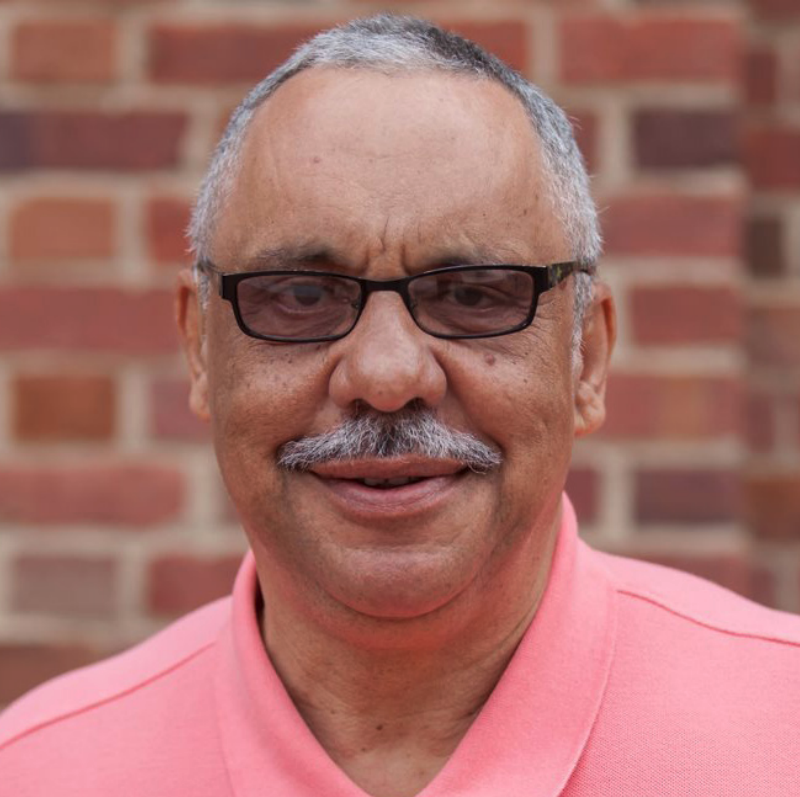Coharie Indian Tribe
Since this date, they have lived continuously as an Indian Tribe at or around the Little Coharie River. The Coharie Indian Tribe has been recognized by the state of North Carolina since 1971. The Tribal Chief proudly represents the Coharie Tribe and is elected by the tribal membership every four years. The Coharie Intra-Tribal Council, Inc. currently governs the Tribe. It consists of a six-member Tribal Council and Tribal Chairperson that are also elected by the tribal membership.
The Coharie River
The Great Coharie River once was a calm place to relax, a fun place to swim and a significant source of subsistence for the Coharie people. It was the heart of a resilient and close community of Native Americans. It was a tradition and a cleansing energy. Refreshing, Restoring, and Reminding. That’s a primary goal of the Great Coharie River Initiative.
Storms of the 1990’s were devastating to the River’s water flow, leaving fallen trees and debris throughout. It became a swamp entangled with beaver dams such that one couldn’t walk to the edge of the river bank anymore. The once secure, running stream surrounded by shading trees became distant and evaporated from the everyday life of the community.
Attempts to obtain help to restore the river lead nowhere and the work that needed to be done seemed too huge for the tribe’s abilities. Almost 20 years past. Now, the Coharie People have decided to bring their heart back. They are clearing their river, cleaning their river, and loving their river. Most importantly, they are exercising stewardship of their river.
Young adults who have never been on the river speak of the magic they feel there today. This magic has affected visitors in various ways, particularly acting as a healing medicine. People who have traveled down the river speak of finding peace of mind and a sense of belonging they’ve never experienced before. One tribal member says that when the river was brought back into his life, he realized his mood had been negatively affected during its loss.
Elders speak of the vivid memories of fishing with their parents and how they can still feel and taste the delicious fish in their mouths today. Fishing also served as a supplement to their grocery expenses. These elders reference the memories of the river being their favorite place for fun and recreational play, given they were not allowed in many stores, buildings, and public areas as Indian children. A primary objective of the Great Coharie River Initiative is to allow elders an opportunity to return to their place of sacred memories and provide today’s youth with similar experiences.
Coharie Tribal Development Leadership
The Coharie Tribal Development team brings more than 200 years of combined environmental services experience and expertise to projects of all sizes and complexities. Coharie Tribal Development is led by:

Tim Barna
CEO - Coharie Tribal Development

Greg Jacobs
Tribal Administrator The Coharie Intra-Tribal Council, Inc.

